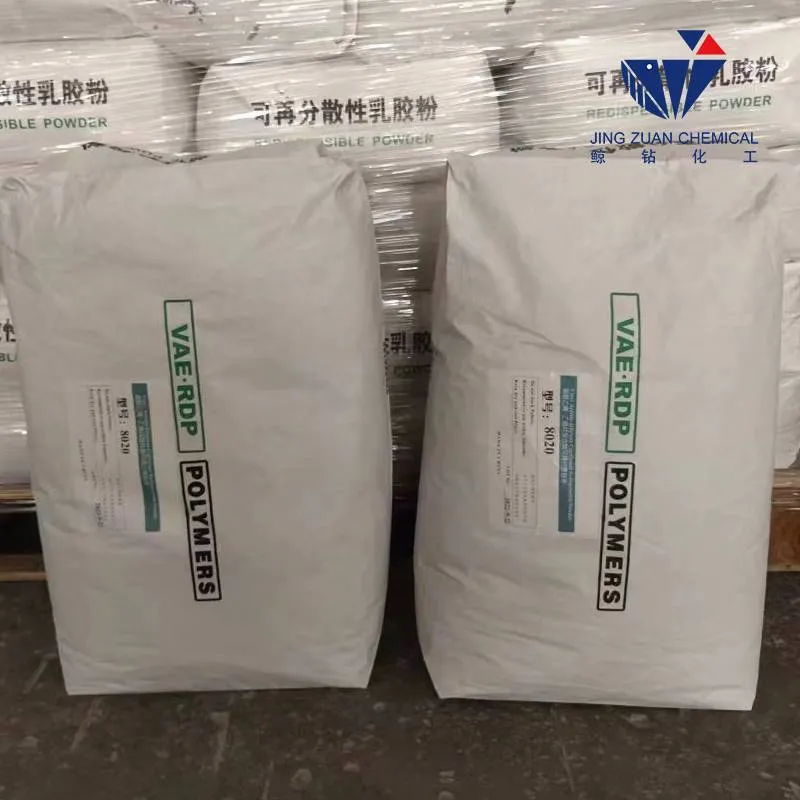
നവം . 16, 2024 21:12 Back to list
Structure and Properties of Hydroxyethyl Cellulose in Various Applications
Hydroxyethyl cellulose (HEC) is a non-ionic polymer derived from cellulose, a natural polymer found in the cell walls of plants. HEC’s unique structure and properties make it a versatile material used in various industries, including pharmaceuticals, cosmetics, food, and construction. The modification of cellulose into hydroxyethyl cellulose involves the reaction of cellulose with ethylene oxide, resulting in an ether that enhances solubility in water and provides rheological properties.
The basic structure of hydroxyethyl cellulose consists of a linear chain of β-D-glucose units linked by β(1→4) glycosidic bonds, similar to its parent compound cellulose. The hydroxyethyl groups are introduced at the 2, 3, or 6 positions of the glucose units, which contributes to the polymer's solubility and functional characteristics. The presence of these hydroxyethyl groups disrupts the intermolecular hydrogen bonding that occurs in cellulose, allowing HEC to dissolve easily in cold or hot water.
One of the most distinctive features of hydroxyethyl cellulose is its ability to form viscous solutions depending on concentration and temperature. These solutions exhibit pseudoplastic behavior, meaning their viscosity decreases under shear stress, making HEC an ideal thickener for a variety of applications. This property is particularly valuable in products such as shampoos, lotions, and paints, where it helps achieve the desired consistency and stability.
hydroxyethyl cellulose structure

In the pharmaceutical industry, hydroxyethyl cellulose serves as a crucial excipient in drug formulations. Its biocompatibility and ability to form gels allow for controlled release of active ingredients, enhancing the efficacy and stability of medications. Additionally, HEC is used in eye drops and other ophthalmic formulations due to its ability to retain moisture and provide prolonged lubrication.
The food industry also benefits from hydroxyethyl cellulose, where it acts as a thickening agent and stabilizer in various products, including ice creams and sauces
. HEC’s emulsifying properties help maintain the texture and consistency of food products, contributing to improved shelf life and consumer satisfaction.In conclusion, hydroxyethyl cellulose is a valuable polymer with a well-defined structure that imparts numerous advantageous properties. Its versatility across diverse applications—from pharmaceuticals to food products—illustrates its significance in modern manufacturing and consumer goods. As research progresses, the potential applications of HEC continue to expand, promising innovations in multiple fields.
-
The Widespread Application of Redispersible Powder in Construction and Building Materials
NewsMay.16,2025
-
The Widespread Application of Hpmc in the Detergent Industry
NewsMay.16,2025
-
The Main Applications of Hydroxyethyl Cellulose in Paints and Coatings
NewsMay.16,2025
-
Mortar Bonding Agent: the Key to Enhancing the Adhesion Between New and Old Mortar Layers and Between Mortar and Different Substrates
NewsMay.16,2025
-
HPMC: Application as a thickener and excipient
NewsMay.16,2025
-
Hec Cellulose Cellulose: Multi functional dispersants and high-efficiency thickeners
NewsMay.16,2025







